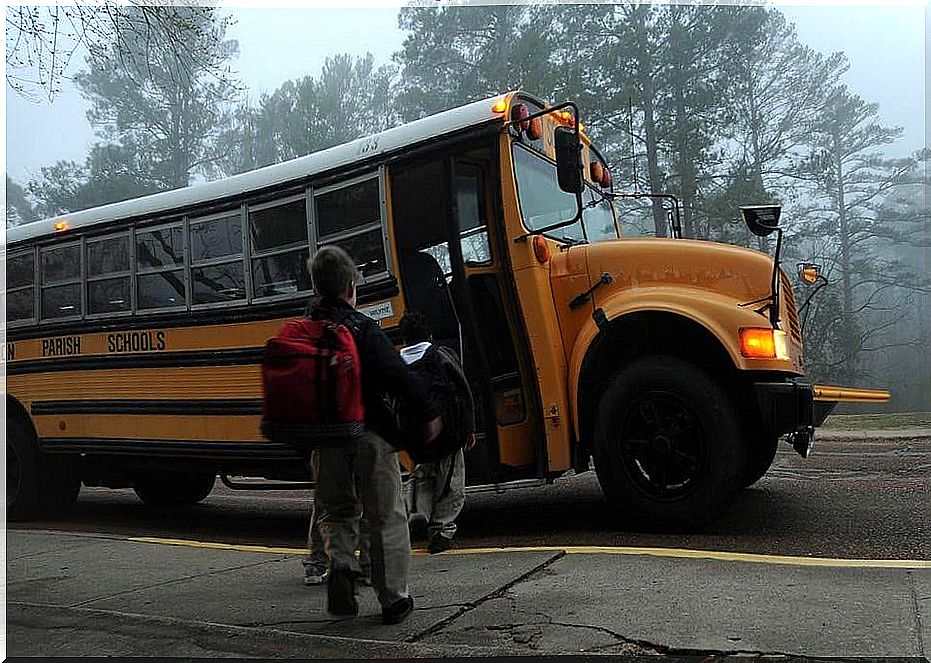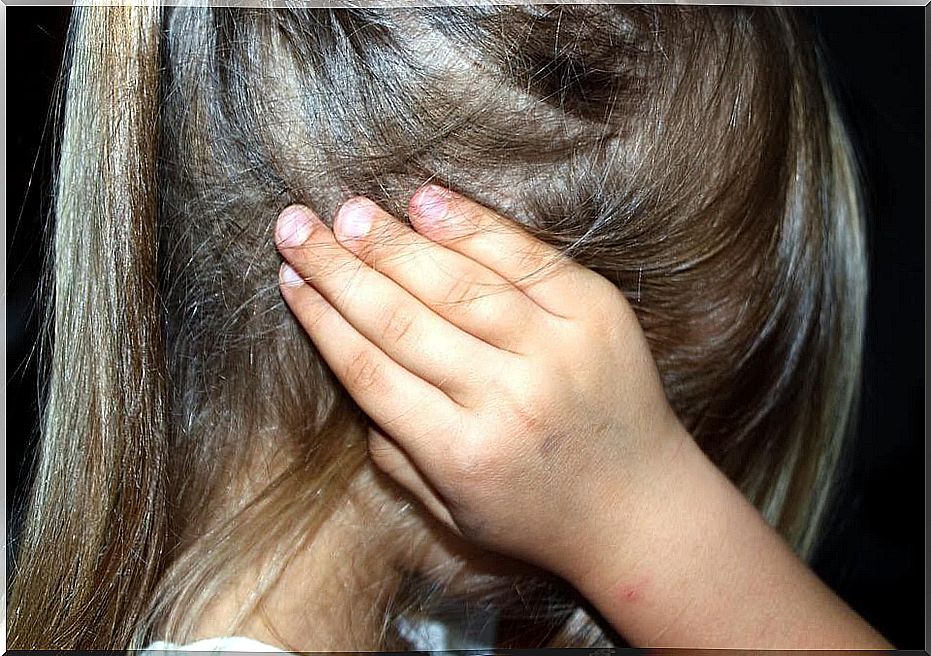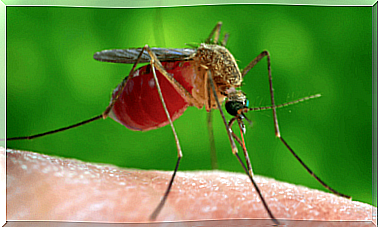5 Ways To Discover Child Bullying
When they are away from Mom and Dad, our children may be exposed to bullying . Given this reality, we invite you to learn about five ways to know if your child is a victim of child harassment.
Before we start talking about ways for parents to find out if their children suffer from bullying, it is essential that we know that not only school-age children are exposed to these hostile situations.
Unfortunately, since when children begin to socialize with other children or adults, they are subject to child harassment . In the park, in the everyday environment, in the community and even within the family, it is possible that a child is being subjected to permanent abuse.
Types of bullying

For a start, the best thing is that we define what bullying is and how it manifests itself mainly in children’s environments. It consists of the systematic violation of a child’s dignity and integrity . It can be exercised horizontally, when it comes from other children, or vertically, when it comes to people older than the victim.
However, we must exercise caution before claiming that our child is being harassed. For example, if in the middle of an afternoon of play, you receive a kick from a friend who did not want to share a toy, this isolated situation should not be considered bullying.
But if that same child continues to do this day after day and his intention is to annoy our child, with gestures that show contempt and actions that affect him physically and emotionally , then we could be facing a harassment by that child.
Bullying can also come from the hands of an adult , and in these cases the case is usually more complicated because that person knows the implications of assaulting a minor, and it is possible that his strategy to attack him includes tactics that allow him to go unnoticed in front of the others.
How to discover bullying ?

Here we teach you how to discover bullying in 5 simple steps:
1.- Analyze your child’s behavior
If you notice that you are sad or nervous for no apparent reason or if, for example, you hear him saying things that reflect low self-esteem. The best tool to determine bullying is to know how your child feels , what their problems and concerns, their fears and weaknesses are.
2.-Keep alert if you notice that the child wants to avoid someone
If you notice that your child does not want to go to school or that he is no longer interested in going to the park he used to go to; if you categorically refuse to go to a friend or family member, don’t make him or her.
It is possible that behind your denial there is some reason. So you’d better try to get close to him, analyze if his mood changes when he visits these places or if he feels apprehensive when he comes in contact with some people. It doesn’t matter if they are the same age or older.
3.- Investigate who the possible harasser might be
Once you have identified the person who is negatively affecting your child, you should look for references about their behavior with other children.
If it is another child, you can ask the peers directly how they get along with him, if they have had problems or if he has done something wrong. The other parents are also an important source of information, they can help rule out or confirm the hypothesis of harassment.
If the bully is an adult, a teacher or the parent of another child, you should make an effort to know in detail whether his behavior is habitual and whether he has harmed other children.
4.- Face the bullies together
Once you are sure that the child is a victim of harassment, it is time to face the abuser and the best way to do it will be together with your child, for two reasons:
The first is that it is difficult for the harasser to maintain a lie or an alibi without getting nervous in front of the child , because this could put him in evidence.
The second reason is that your child will be a witness that the best way to resolve a case of this nature is to talk and report it.
5.- Alert your child
We parents, even if we wanted to, could not be permanently with our children. They must have all the knowledge and tools to understand when a person intends to harm them.
Remind them constantly that when someone wants to harm them, they must be on the alert to distance themselves and avoid this situation.
Raise children so they have security. Teach from an early age that no one can undermine their dignity and that they should trust Mom and Dad to report any mistreatment, no matter if the harasser is a great friend or family member. The child’s well-being is the priority and he must be clear about this in order to know how to act in the face of any signs of harassment.









